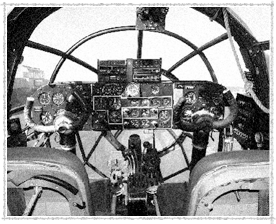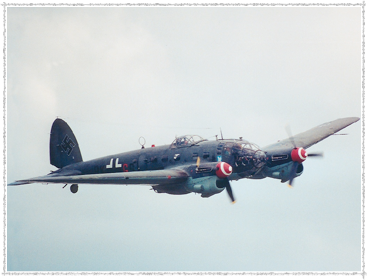


Heinkel He 111 / CASA 2.111
The Heinkel He 111 was a German aircraft designed by Siegfried and Walter Günter in the early 1930s in violation of the Treaty of Versailles. Often described as a "Wolf in sheep's clothing",[2][3] it masqueraded as a transport aircraft, but its purpose was to provide the Luftwaffe with a fast medium bomber.
Perhaps the best-recognised German bomber due to its distinctive "greenhouse" nose,[3] the Heinkel was the most numerous and the primary Luftwaffe bomber during the early stages of World War II. It fared well until the Battle of Britain, when its weak defensive armament, relatively low speed, and poor manoeuvrability left it exposed.[3] Nevertheless it proved capable of sustaining heavy damage and remaining airborne. As the war progressed the He 111 was used in a variety of roles on every front in the European Theatre. It was used as a strategic bomber during the Battle of Britain, a torpedo bomber during the Battle of the Atlantic, and a medium bomber and a transport aircraft on the Western, Eastern, Mediterranean, Middle Eastern, and North African Fronts.
Although constantly upgraded, the Heinkel He 111 became obsolete during the latter part of the war. But failure to design and produce a successor caused it to continue to be produced until 1944, when piston-engine bomber production was largely halted in favour of fighter aircraft. With the German bomber force defunct the He 111 was used in transport and logistics roles.[3] The design of the Heinkel endured after the war in the CASA 2.111. Its airframe was produced in Spain under license by Construcciones Aeronáuticas SA. The design differed significantly in powerplant only. The Heinkel's descendant continued in service until 1973, when it was retired.
Additional history :
Some Myths Dispelled
Additional history :
Maps and Statistics
Link to :
Preview of the Album